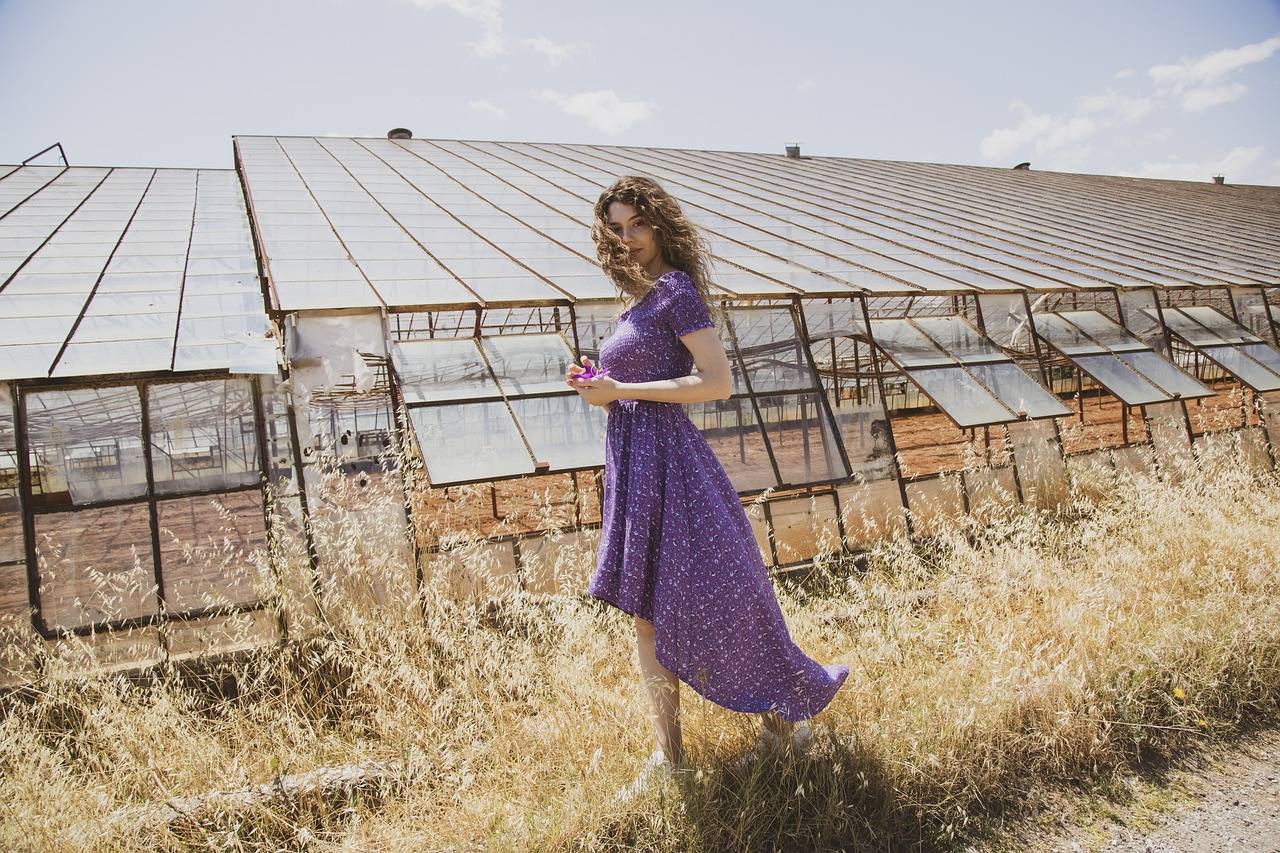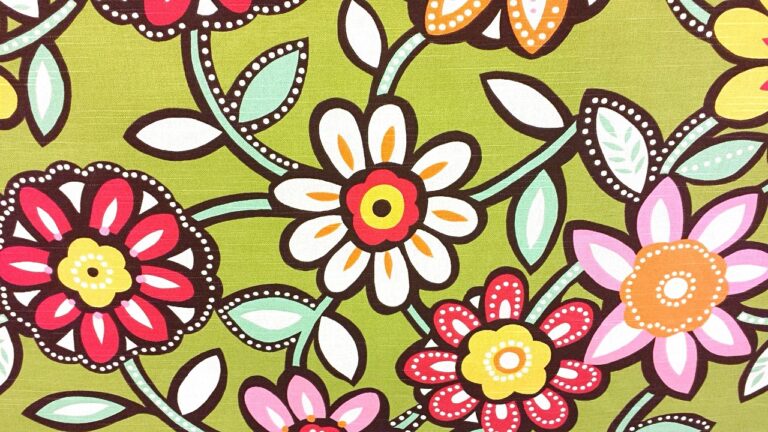Fashion in the Digital Age: Virtual Runways and Augmented Reality
In the realm of digital fashion, virtual influencers are continuing to make a significant impact on the industry. These computer-generated personalities are being utilized by brands to reach a wider audience and engage with consumers in innovative ways. From dressing them in the latest collections to collaborating on bespoke designs, virtual influencers are reshaping the traditional notions of advertising and brand representation.
Another key trend in digital fashion is the rise of augmented reality (AR) technology. Retailers are leveraging AR to enhance the online shopping experience by allowing customers to virtually try on garments before making a purchase. This technology not only revolutionizes the way consumers interact with fashion online but also helps in reducing the rate of returns, as shoppers can make more informed decisions about sizing and styles.
The Rise of Virtual Runway Shows
Amidst the ever-evolving landscape of the fashion industry, the emergence of virtual runway shows has garnered significant attention in recent years. Designers and brands are shifting towards digital platforms to showcase their latest collections, adapting to the changing consumer behaviors and preferences. This innovative approach not only embraces technology but also offers a fresh and immersive way to connect with audiences worldwide.
With the global pandemic accelerating the digital transformation within the fashion world, virtual runway shows have become a prevailing trend, providing designers with a unique opportunity to showcase their creativity in a new light. Through virtual shows, designers have the freedom to experiment with various digital elements, from animations to interactive presentations, enhancing the overall experience for viewers. This shift towards virtual showcases has not only redefined the traditional runway format but also opened up avenues for inclusivity and accessibility within the fashion industry.
What are some key trends in digital fashion?
Some key trends in digital fashion include virtual runway shows, online shopping experiences, and augmented reality try-on features.
How have virtual runway shows risen in popularity?
Virtual runway shows have risen in popularity due to the COVID-19 pandemic, which forced the fashion industry to shift towards digital alternatives for showcasing new collections.
Are virtual runway shows here to stay?
It is likely that virtual runway shows will continue to be a prominent feature in the fashion industry even after the pandemic, as they offer a more accessible and sustainable way to showcase new collections.
How do virtual runway shows compare to traditional runway shows?
Virtual runway shows allow for a more immersive and interactive experience for viewers, while traditional runway shows are typically limited to a physical audience.
What are some benefits of virtual runway shows?
Some benefits of virtual runway shows include reaching a wider audience, reducing carbon footprint, and allowing for more creativity in presentation and storytelling.





